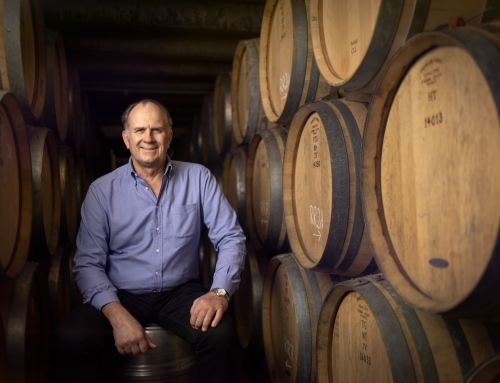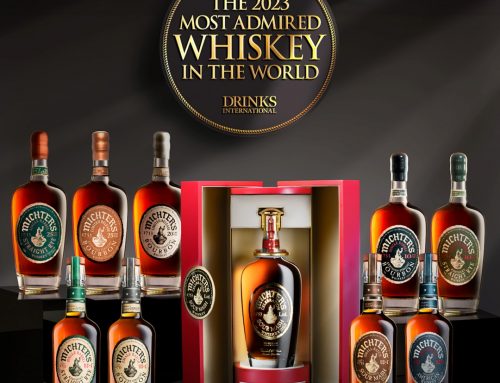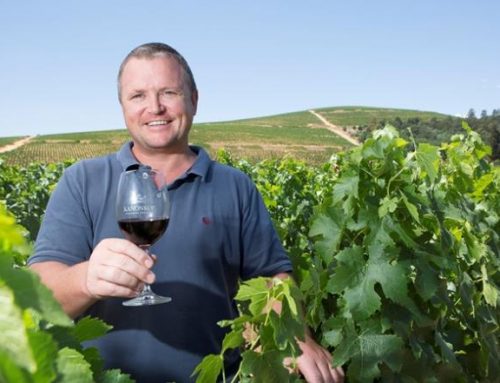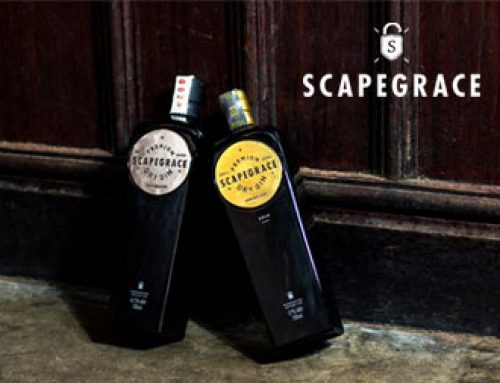Grace. It doesn’t sound like a Japanese winery.
Owned and operated by the Misawa family, it was named after the three graces of ancient myth. The name is certainly handy from an exporting viewpoint: it’s easy for non-Japanese to pronounce and remember. Coincidentally, Grace is also the most visible Japanese wine in Australia.
It will come as a surprise to many Aussies to learn that Japan produces grape wine at all. But in fact, this winery was founded in 1923 in the Yamanashi prefecture by the same people who still own it: the Misawa family.
Grace wines (tastings) are well known around the world and the winemaker, Ayana Misawa (pictured above with Shigekazu Misawa), speaks perfect English, studied winemaking in Bordeaux and has worked the vintage at various wineries outside Japan, including three in Australia: Brokenwood (tastings), Woodlands (tasting) and Hardy’s (tasting).
Her speciality is the native Japanese white grape koshu, which makes an extremely delicate, subtle dry wine. Indeed, it is so delicate that it invites comparison with Japan’s more famous alcoholic drink, sake. As with sake – it’s often said – the most prized attributes are lightness, refinement and subtlety.
When I tasted the Grace range with Ayana recently, she had nine wines in her bag, and six of them were koshus. Koshu is usually unwooded, but Ayana also makes a wooded version. She also makes-single vineyard koshus and vineyard blends; koshus made from the family’s own estate and koshus made from bought-in grapes.
Her latest thing is a koshu made from a vineyard planted on VSP (vertical shoot positioning) trellis. VSP is a common trellising system in high-quality vineyards in Australia and other countries. In Japan, it’s normal to grow koshu on overhead pergolas, like those commonly seen in Chile and Italy. Her reason for the change? The overhead pergola produces much higher yields (tonnes of grapes per hectare) and this can result in bland, dilute wines. As an example, Ayana said her VSP koshu vineyard produces about seven tonnes per hectare while the pergola system can produce up to 30.
I enjoyed all six koshus, but the VSP wine – Cuvée Misawa Akeno Vineyard 2012 ($86 – tasting) – was the most striking, with a heightened bouquet and brilliantly fresh, lively, long-lasting flavour.
Koshu is the go-to drink when you’re eating sashimi in a Japanese restaurant. I recommend any of the Grace koshus – they’re all high quality – but the wine that shocked me was the Bordeaux-style red blend. Japan being a cold, wet country, we should expect white wines to be more successful than reds (and indeed, Grace also makes an excellent chardonnay), but this cabernet sauvignon, merlot, petit verdot blend, named Cuvée Misawa Rouge (tasting), was most impressive – like a very good classified growth from Bordeaux. The 2013 isn’t cheap at $160, but I rate it very highly indeed.










Leave A Comment